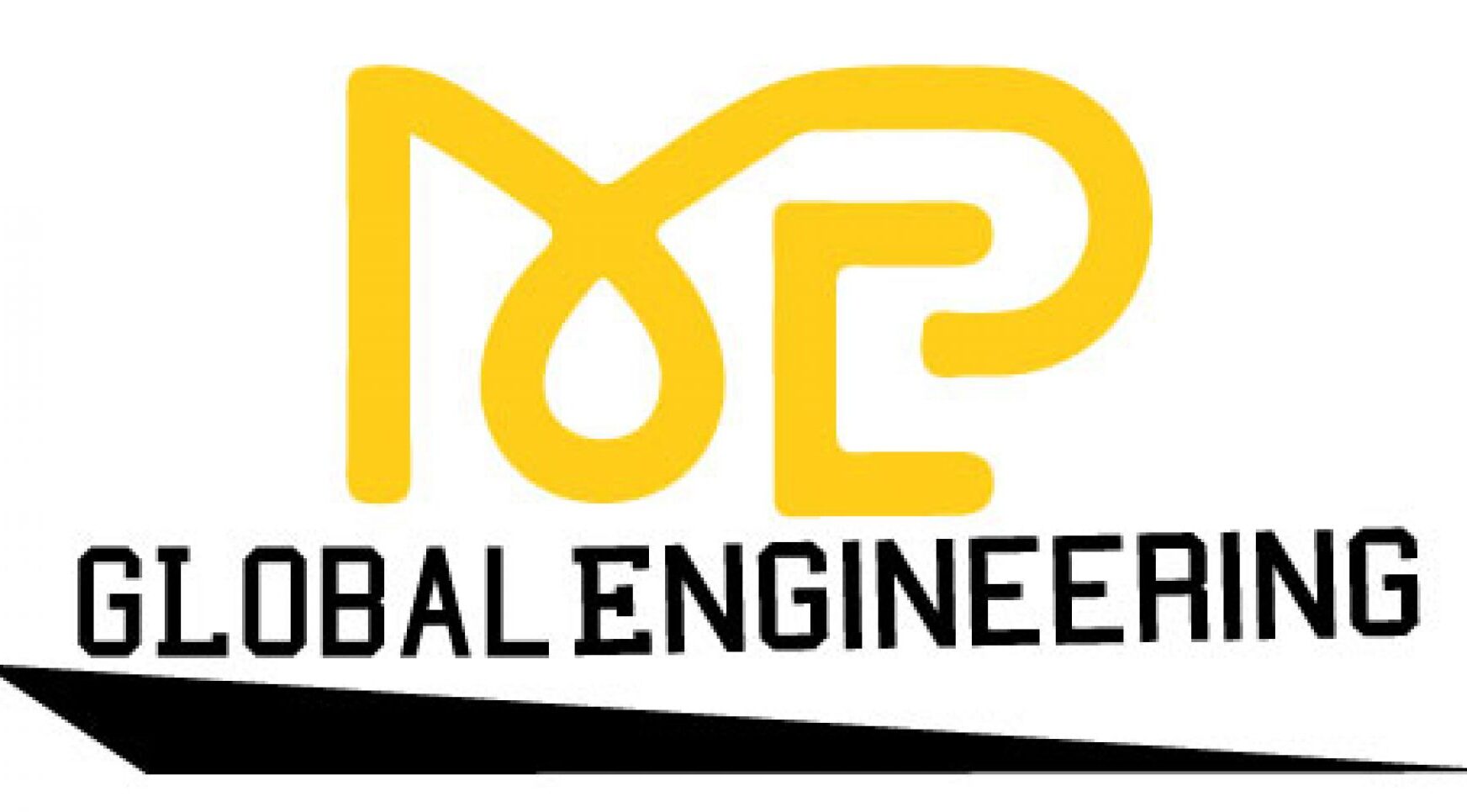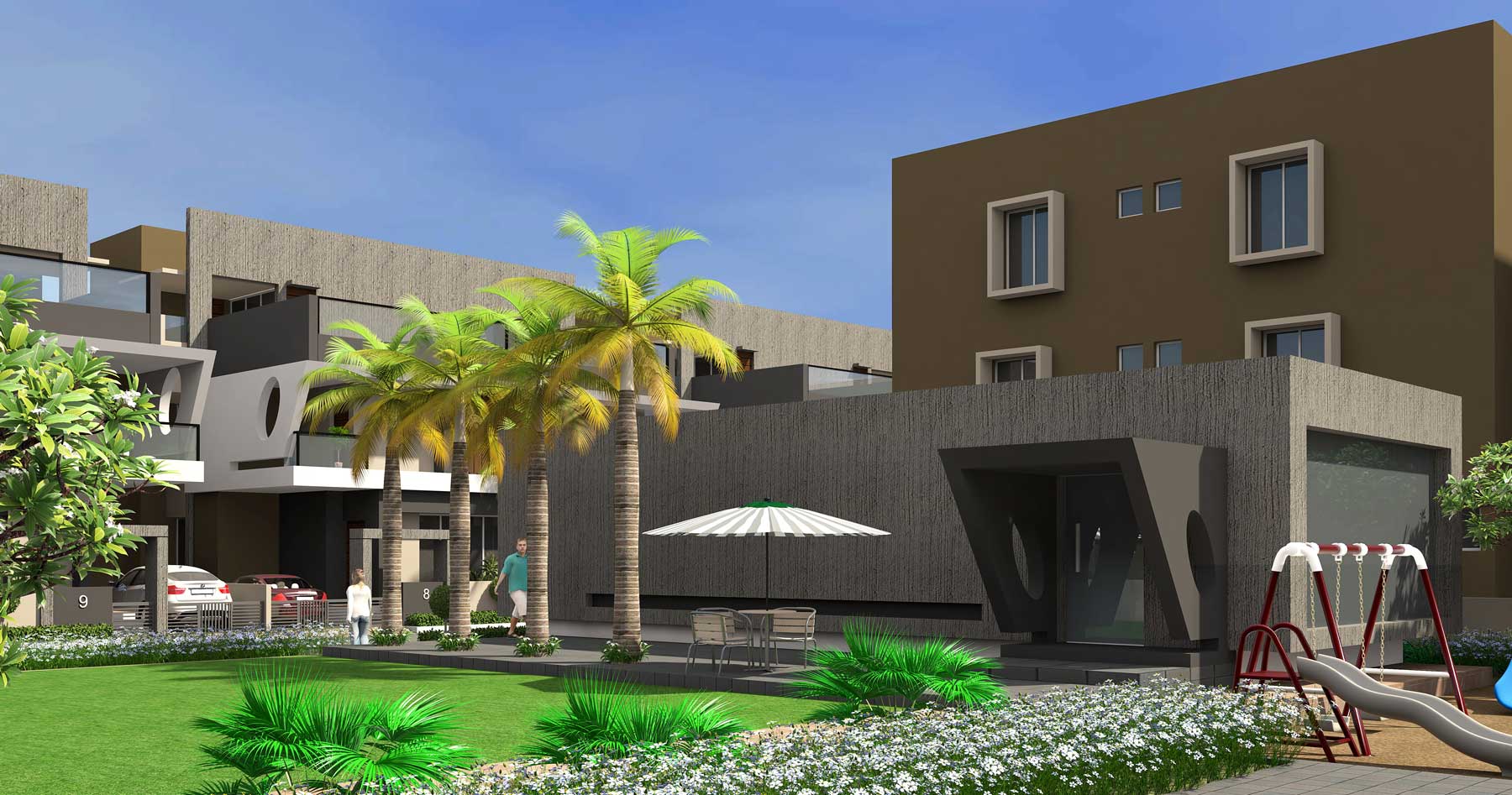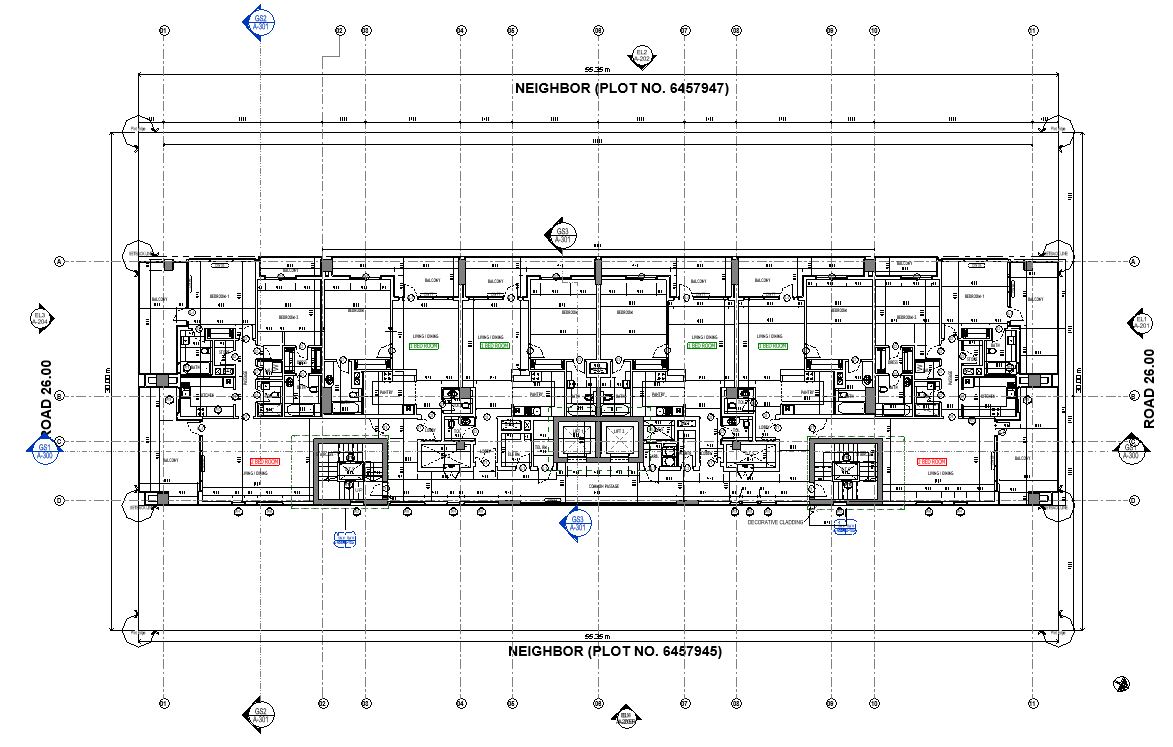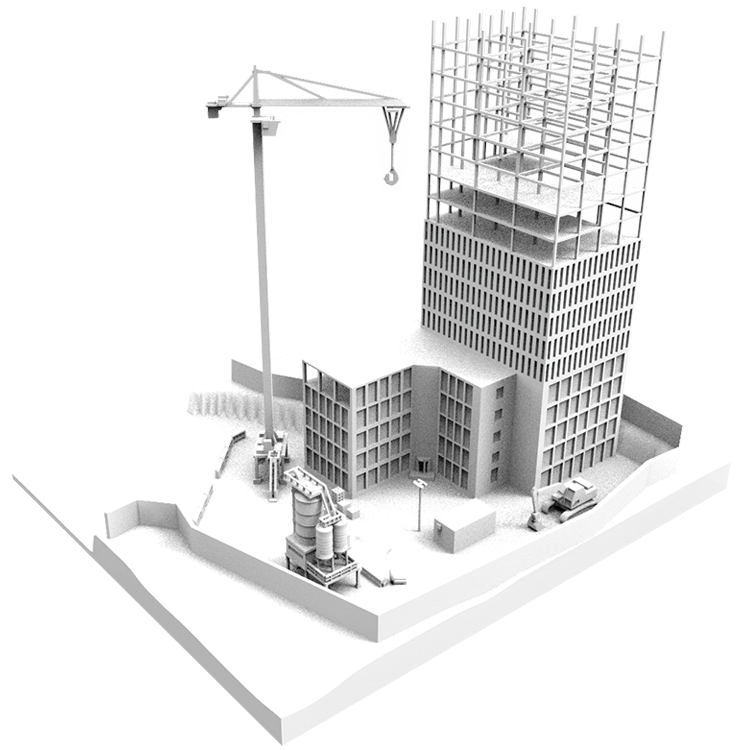
The Role of MEP Coordination in Successful Building Projects
The Critical Significance of MEP Coordination in Building Design: Why It Cannot Be Overlooked
The significance of MEP (Mechanical, Electrical, and Plumbing) coordination in building design cannot be overstressed, especially as building complexities and technological integrations increase. MEP coordination is crucial for ensuring that all building systems operate in harmony without conflicts, thereby optimizing the functionality and efficiency of the entire building.
It is imperative that MEP coordination is prioritized from the initial design phase to avoid costly reworks and delays during construction. Neglecting this critical aspect can lead to significant issues such as system clashes, inefficient energy use, and compromised safety standards. Furthermore, proper MEP coordination enhances the sustainability of a building by ensuring systems are designed for optimal performance and minimal environmental impact. Therefore, investing time and resources into meticulous MEP planning is not optional but essential for any successful building project.
During construction, it is absolutely essential to meticulously monitor installation processes to guarantee both optimal performance and strict compliance with relevant standards. Industrial and commercial projects, in particular, demand an even more rigorous approach due to the inherent complexities of systems such as HVAC and electrical distribution. These types of projects involve intricate networks that must be flawlessly executed to prevent costly errors and ensure seamless operation. Furthermore, MEP coordination plays a pivotal role in elevating project performance, boosting overall efficiency, and enhancing safety measures by ensuring the smooth integration of mechanical, electrical, and plumbing systems. Without this critical coordination, projects are at risk of significant delays, increased costs, and potential hazards that could undermine their success.
MEP coordination involves identifying and resolving clashes across trades (architectural, structural, mechanical, electrical, plumbing, and fire safety) before construction begins. To maintain harmony between these designs, it’s essential to coordinate updated plans for each discipline. To ensure this process is effective, every team must adhere to a strict schedule for submitting their updated plans. Any delay in submissions can lead to significant setbacks and increased costs. Therefore, it is crucial that all parties involved meet their deadlines without fail. Additionally, regular coordination meetings should be held to discuss potential conflicts and solutions proactively. Each discipline must be transparent about any changes or updates they make.
This level of communication is non-negotiable and critical for the seamless integration of all systems within the construction project. By maintaining a rigorous coordination protocol, we can avoid costly rework and ensure that the project progresses smoothly from start to finish. We expect full compliance with these guidelines from everyone involved in the MEP coordination process. Failure to do so will not be tolerated as it jeopardizes the entire project’s success.
Streamlined Design Process:
MEP coordination requires meticulous planning and collaboration between architects, engineers, and MEP specialists. By integrating all mechanical, electrical, and plumbing systems into the building design early, potential conflicts can be identified and resolved before construction begins. This prevents costly and time-consuming modifications during construction.
Enhanced Building Performance:
Properly coordinated MEP systems directly contribute to the overall performance of the building. For instance, HVAC systems designed in harmony with electrical and plumbing systems can lead to more efficient energy use, better indoor air quality, and overall increased comfort for occupants.
Compliance and Safety:
MEP coordination ensures that all systems meet applicable codes and regulations, which are crucial for building safety and compliance. This is vital in avoiding legal and financial repercussions that might arise from non-compliance with local building codes and standards.
Cost Efficiency:
By addressing potential system clashes at the design stage, MEP coordination helps in reducing unexpected costs arising from changes during the construction phase. Early detection and resolution of conflicts mean fewer delays, reduced need for rework, and better resource allocation.
Optimized Maintenance and Accessibility:
Well-coordinated MEP design simplifies maintenance and repair work. Systems designed with foresight for future access and service can significantly reduce the maintenance costs over the building’s lifecycle, ensuring systems are easily accessible and maintainable.
Sustainability:
Effective MEP coordination contributes to a building’s sustainability goals. Integrated systems are often more energy-efficient, use fewer resources, and reduce waste, aligning with broader environmental sustainability objectives.
MEPF coordination involves managing and coordinating the mechanical, electrical, and plumbing systems within a building to ensure they function efficiently and effectively. Key components include: ensuring seamless integration of these systems to avoid conflicts, optimizing space utilization, and maintaining compliance with relevant codes and standards.
Effective MEPF coordination also requires clear communication among all stakeholders, including architects, engineers, contractors, and project managers. By proactively identifying potential issues early in the design phase, we can mitigate risks and prevent costly delays during construction. Emphasizing meticulous planning and collaboration ensures that each system operates harmoniously within the overall building structure while meeting performance expectations.
In conclusion, MEP coordination is not just a technical requirement but a strategic approach to building design that enhances efficiency, safety, and functionality. It reflects a deep understanding of how various building systems interact and how best to optimize those interactions for the benefit of the project and its future occupants. Assertive coordination among all stakeholders from the initial stages is a key driver of project success, making MEP coordination indispensable in modern construction practices.




MEP Coordination Process: Typical Stages in MEP Coordination
[…] also minimizes rework and ensures compliance with regulatory standards. Failure to prioritize MEP coordination can result in significant project overruns, suboptimal system performance, and increased risk of future maintenance issues. […]
Benefits of Implementing BIM in Infrastructure Projects
[…] only opting for superior BIM services but also committing to a partnership that prioritizes your project’s success and long-term […]
The Importance of BIM Audit Services in Modern Construction
[…] of these services not just as a compliance requirement but as a critical component for achieving project success. Moreover, investing in comprehensive BIM Audit Services can uncover potential issues early on, […]
Step-by-Step Guide to Implementing Effective MEP Coordination
[…] (Mechanical, Electrical, and Plumbing) coordination is a critical process in construction projects, ensuring that all building systems function seamlessly with one another and the building structure. […]
The Benefits of BIM Coordination and Clash Detection - MEP
[…] take this opportunity to lead by example and set new standards for precision, efficiency, and success in every project we undertake. By integrating clash detection into our processes, we are not just adopting a tool […]
Understanding the Basics: Defining BIM and MEP - MEP Global
[…] physical and functional characteristics of a facility, allowing for comprehensive visualization and coordination among project stakeholders. It provides a collaborative platform where architects, engineers, and contractors can […]
Revit Content Creation: The Key to Seamless BIM Integration
[…] to recognize that the quality and precision of Revit Content Creation directly influence the success of any BIM project. Investing in top-tier Revit content ensures that architects and engineers have reliable, detailed […]